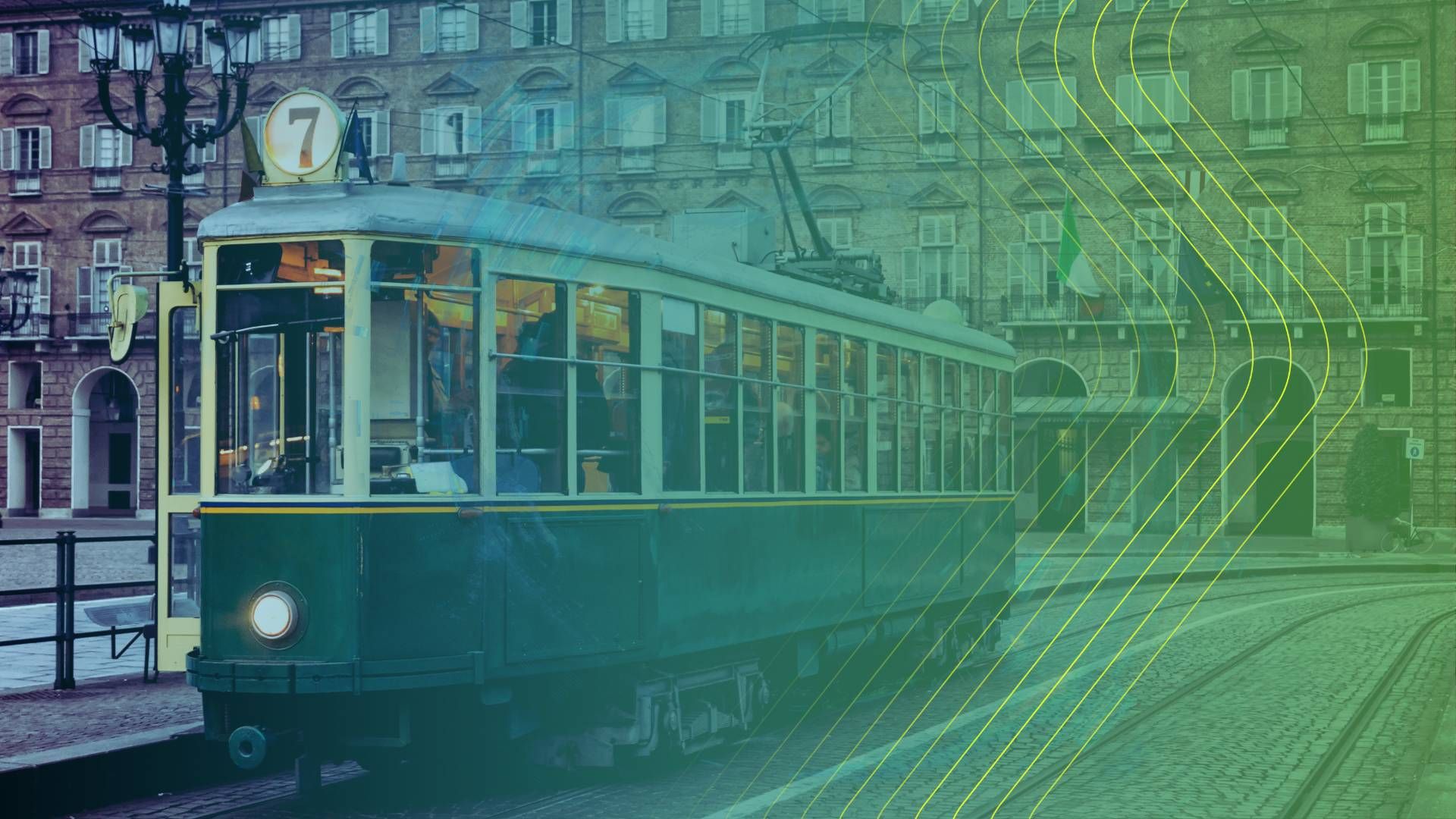GoGreen travel journey - Italy's first steps to climate neutrality
How to keep Italy's historical beauty while making it convenient to travel
Continuing our journey through Europe, presenting the potential of ITS-solutions to tackle environmental challenges, our latest expedition led us to explore the vibrant landscapes of Italy, where we immersed ourselves in the distinct atmospheres of four captivating cities: Torino, Florence, Milano and Bologna. Italy, with its rich historical heritage, cultural tapestry, and picturesque vistas, offered a wealth of experiences as we navigated through its urban corridors and scenic landscapes. The question is - how can it be guaranteed that future generations get the chance to enjoy that too? The following article reveals first-hand information on the challenges Italians are having to face, especially in the area of transportation, and which role Intelligent Transportation Systems (ITS) in general, and GoGreen in specific, play in overcoming these challenges.

Improve your traffic flow without rebuilding the whole infrastructure
Keeping this unique atmosphere alive is significantly important to maintain the quality of life. But how can traffic flow be improved without major reconstruction measures on existing roads? The answer is: Through the application of ITS. Building new roads just increases the number of cars and destroys the historic architecture, while optimizing existing infrastructure with ITS solutions enables cities to implement and promote multi-modal travelling, and even make it a preference for inhabitants and visitors alike to not use the private car. The areas of application are multifaceted, and range from smart traffic lights and space-saving parking solutions, to prioritization for life-saving emergency vehicles. And that’s not all. ITS provides a comprehensive selection of products & solutions that contribute to improve air quality, reduce congestions and enhance the use of space. In a nutshell it has multiple benefits – it’s good for health, environment, the individual safety of road users, as well as for the look and feel of your city.
This is where we come into play
In our commitment to safeguarding and cherishing the cities, we engaged with numerous well established mobility managers and presented GoGreen, our initiative aimed at sustainable practices and eco-friendly ITS solutions. One of the standout features of the event was addressing the different pain points of day-to-day traffic in our VR-demo. This immersive experience takes attendees on a journey through SWARCO’s Meta City, presenting innovative solutions and transportation systems from our portiolio which can significantly facilitate the attainability of their climate goals. Followed by fruitful interactions which extended beyond conventional discussions, we delved into the realms of innovation and adaptation, seeking to align modern mobility needs with environmental consciousness.
Insights from Italy's industry leaders
Prominent figures in Italy's mobility landscape gave us valuable insights on the current traffic situation of the cities, including Rossella Panero, the president of TTS Italia. During the discussions, we focused on finding out which challenges they are facing to improve the traffic situation, and their statements show many overlaps. The experts agree that becoming green is a matter of overcoming multiple challenges, especially if the results should be a long-term success. Being fully aware of these challenges, Italian cities are taking gradual steps to prepare their historic urban city centers for the future, while taking into consideration present-day transportation needs. Asking Rossella Panero about how she perceives the situation in Italy, and how can behavioral change be achieved, she states:
“The gap between how it is today and how it should be is large, and cities want to provide good options to travelers when motivating the switch from cars to multi-modal options.” Sometimes it might be the bicycle, sometimes it might be to park the car and walk, but in the end, “…it is of the utmost importance to make it possible to switch to a convenient public transport option comfortably!”, she adds in response to the question of how a change in behavior can be achieved.
Top 5 key challenges to be addressed:
1. Transitioning from fossil fuels to renewable energies:
Balancing CO2 reduction efforts with economic development is a complex task. The current reliance of heavy industries and the transportation sector on fossil fuels present significant hurdles in transitioning to renewable energy sources.
2. Behavioural change:
Addressing people's behaviours, especially the prevalent use of private vehicles, poses a significant obstacle. The need to influence and change individual behaviours is a difficult and long term endeavor that requires plenty of financial resources and brainpower.
3. Time constraints, funding and expertise:
Lack of adequate time, funding, and specialized expertise for implementing the necessary changes is a big challenge. Governments otien face limitations influencing these factors, like time constraints and limited resources for transitioning to renewable energy sources and sustainable practices.
4. Public Transportation and Shared Mobility:
Improving public transportation systems and promoting shared mobility services are crucial steps toward achieving emissions reduction. Ensuring accessibility and affordability for everyone plays a key role, and encouraging this change is a big task for politicians, fiscal authorities and infrastructure operators.
5. Lack of control over external factors:
External factors influencing emission reductions encompass national and international policies, economic conditions, technological advancements, resource availability, climate change impact and public attitudes, often beyond the direct control of decision makers. Mitigating these factors requires collaborative efforts, including investing in innovation, diversifying energy sources, and fostering public engagement to navigate these influences effectively.
By joining forces, even the most difficult goals can be achieved
Both the exciting and insightful conversations with the participants, as well as the evaluation of the surveys, once again confirm our previous experience, which factors collectively influence the progression toward achieving net zero targets. Overcoming these challenges requires comprehensive strategies, collaboration between various stakeholders, and a strong partner capable of implementing smart and sustainable traffic management solutions, addressing both environmental, as well as economic concerns. You also want to know how it can be achieved? Just contact us and

Let’s make Europe green. Deal?
Learn more about GoGreen and follow the journey.